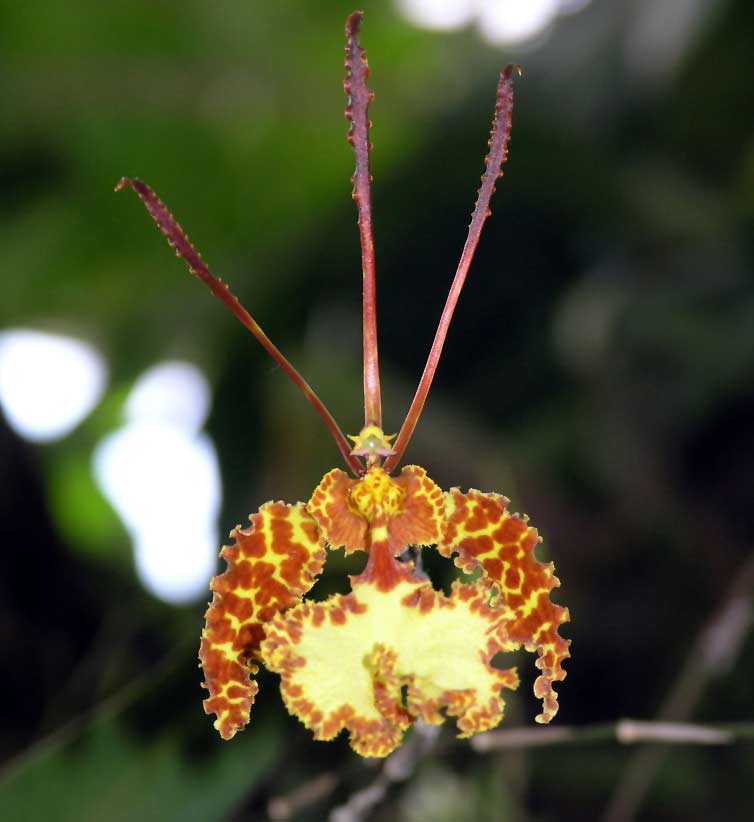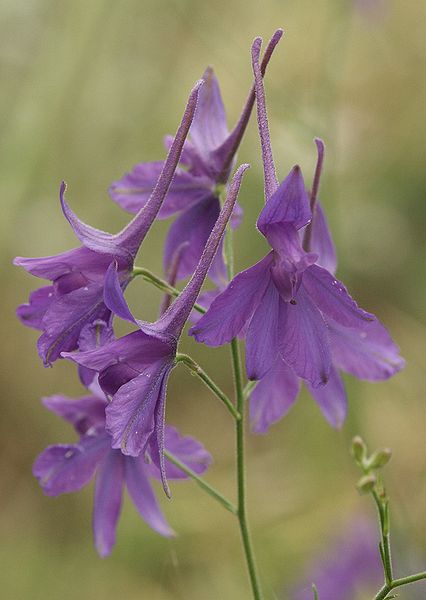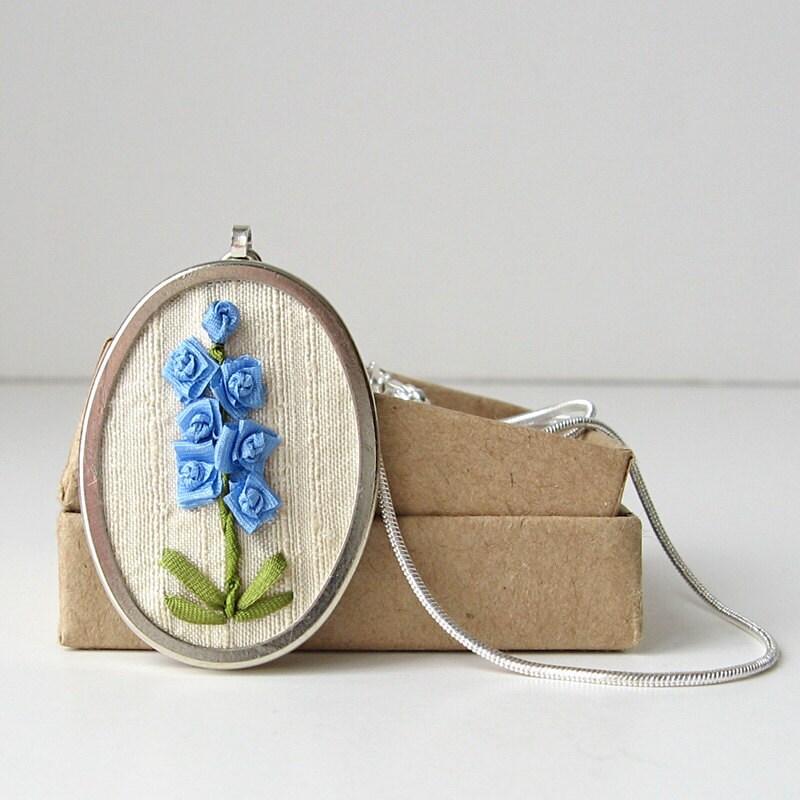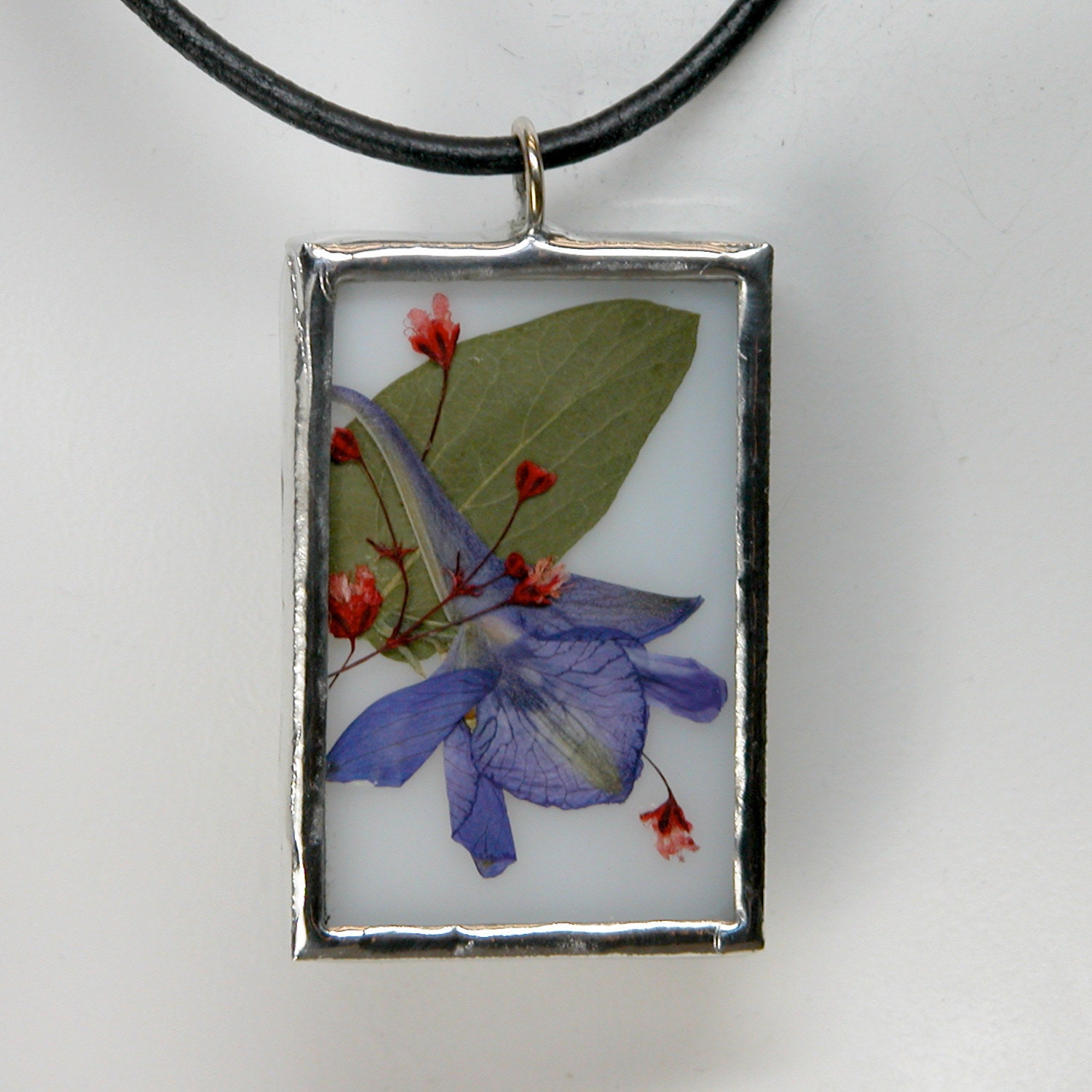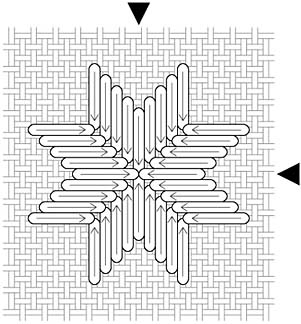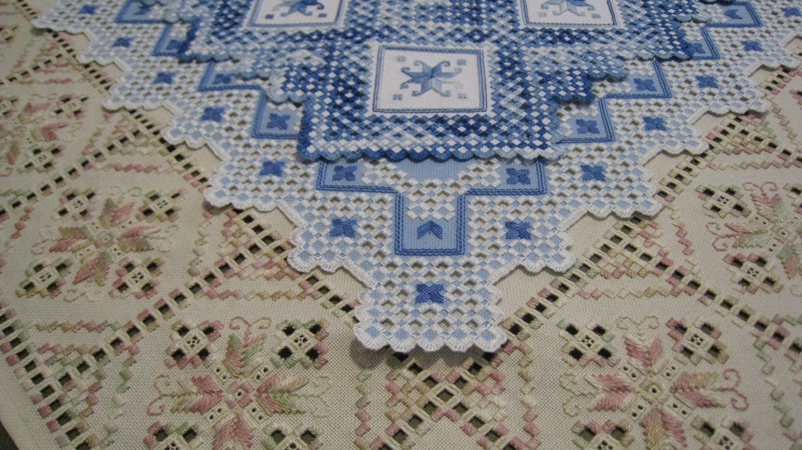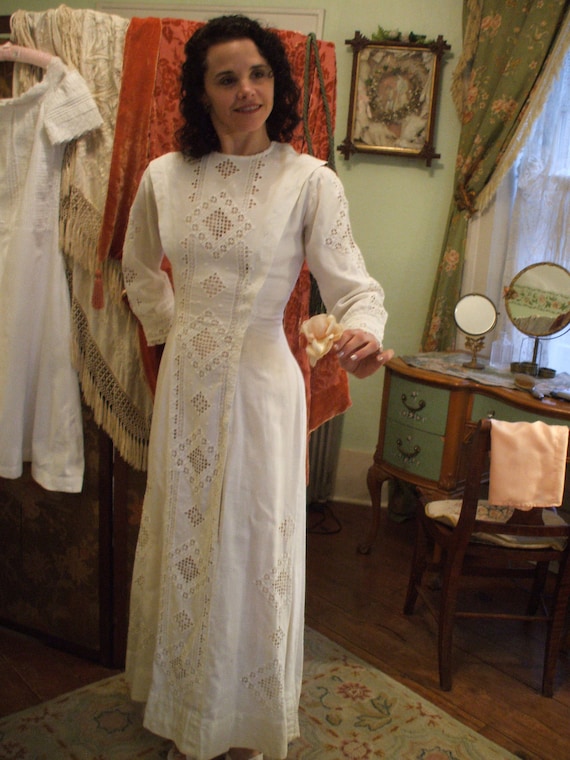OK gang, hold on to your hat. July's birth month flower is the Larkspur. The flower itself is a complicated beauty, as complex and enchanting as the orchid. To add to the fun, larkspur are delphinium. Well, no they're not but they could be. But they aren't. Oh yes they are if they're annuals not perennials. No no, you've got it all wrong.
You can see what we're up against this month- a luscious purple, blue, pink, and white cloud of cottage garden confusion. So, I've researched the larkspur a bit more than usual, consulted with my personal horticulturalist (thanks Mom), and stared at photo after photo of these summer beauties. I will do my best to parse out the technicalities of larkspur versus delphinium as I understand it but let's not get too fixated on those technicalities. The larkspur is such a lovely flower that it would be so much better to simply relax and enjoy. All of horticultural sticklers-for-detail butterflies will need to bear with me as I simply flitter around and enjoy the larkspur.
The larkspur, of the genus Consolida, is an annual version of the Delphinium and is a member of the buttercup family Ranunculaceae, native to western Europe through the Mediterranean region east to central Asia and naturalized in North America. Delphinium, also called larkspur (because that makes things so much more fun for we mere mortals), are also in the Ranunculaceae family but their genus is Delphinium, not Consolida. Right? Let's look at the scientific classification charts for the two to see if that helps (larkspur on the left, delphinium on the right):
![]()
Molecular data shows that Consolida is embedded in Delphinium. Again, just to make it all more fun. Consolida flowers are more open (eh hem- usually) than Delphinium and have a more branching spike as opposed to the more dense columns of delphinium. Usually. You know, with hybrids growing rampant, things can get pretty interesting- sort of like the "purebreed" Black Lab that mysteriously has six puppies of six different colors. July's gal- the smaller, wilder cousin to Delphinium- is a freely seeding plant so once she gets going in your garden you'll generally have a nice yearly crop. There are no genetic barriers to prevent Consolida and Delphinium from crossing so it's kind of a free for all out in your garden if that hussy Consolida is present. Delphiniums, on the other hand, are a perennial. The name Delphinium, by the way, comes from the Greek "delphis" for dolphin because the buds look like fat little dolphins. Are you getting a headache? Let's move on from the murky genetic waters to the pretty bits about larkspur.
The plant's name comes from the shape of the spur, which resembles the hind toe of a lark. The petals of the flower actually grow together to form the spur.
Other names include Lark’s Claw, Knight’s Spur and Lark’s Heel (by Shakespeare). The larkspur is a tall flower, reaching 3 - 6 feet in height with colors including purple, blue, red, yellow, and white. They need full sun and should have some protection from high winds because the hollow flower stalks, though strong, are often so covered with flowers that they can break in the breeze. Each of its flower is made up of single or double row of brightly colored sepals with tiny fringe-like petals at the center of each flower, often covering the pistils and stamens. There are also two sacs filled with nectar inside the spur which attracts hummingbirds and bees. All parts of the plant contain the alkaloid delphinine and are very poisonous, causing vomiting when eaten, and death in larger amounts. Cows, especially, have been known to die after eating only small amounts of the attractive plant, and many people who pasture cows wait until the heat of summer to let them out onto fields where larkspur blooms, as the majority of the plants will have died back at that point. Domestic sheep, however, are apparently not affected by the toxins in larkspur and are therefore used to help eradicate the plant on cattle range. The plant’s toxicity may vary depending on field conditions and seasonal changes; as the plant matures, generally it becomes less toxic. The alkaloids in the plant can cause neuromuscular paralysis; clinical effects include constipation, increased salivation, colic, stiffness, muscle tremors, weakness, convulsions and recumbency (which is a fancy way of saying sitting around, maybe listless and lacking energy). Cardiac failure may occur, as can death from respiratory paralysis. Young children in particular are especially vulnerable to larkspur's nasty properties. Pretty wicked for such a festive looking gal.
Larkspur is very easy to grow and it often self seeds in the garden, coming back year after year. Plant larkspur from seed directly in the garden in early spring. Larkspur doesn't like to be transplanted and prefers rich, well-drained soil and ample water. When hot weather strikes and larkspur starts to brown and fade, pull out these fading plants but be sure to leave a few to brown ones to reseed. Here's the lowdown on growing larkspur:
Light: Sun, Part Sun
Plant Type: Annual Plant
Height: 3-6 feet tall
Plant Width: 6-12 inches wide
Soil: Deep, rich loam soil
Cultivation: Grow to their full potential in climates with cool and moist summers. They are annuals and also highly susceptible to frost, therefore sow the seed after the frost.
Blooms: Late spring through late summer though they can be grown for winter blooms in the deep south.
Landscape Uses: Containers, Beds & Borders, attract butterflies, bees, and bumble bees
Special Features: Flowers, Cut Flowers, Dried Flowers, Drought Tolerant, Deer Resistant, Easy to Grow
Sounds perfect for a wild cottage garden, doesn't it? But what is the myth and mystique associated with larkspur? These lush, dolphin-shaped flowers symbolize an open heart and ardent attachment. White generally signifies a happy-go-lucky nature, pink represents fickleness, while purple is often indicative of sweet disposition and first love. Larkspur symbolized a desire for laughter and a pure heart in the Victorian language of flowers. In mythology of Greek, the flowers of larkspur are said to have sprang from the blood of Ajax, a figure in Greek mythology. A red flower supposedly emerged from his blood after he killed himself. I once heard that you can supposedly find the letters "Al" in the petals of larkspur, which is the Greek cry of mourning, but I have never been able to work it out. A Native American story credits the larkspur to a celestial figure who tore open the evening sky, scooped up and twisted a portion of that sky and created a spike. When she plunged it down to earth so she could climb down, small blue flecks of sky adhered to it. Eventually the sun dried out the stalk and scattered small pieces along the planet, thus creating the delicate larkspur flower. As one of the flower symbols denoting the Virgin Mary's sorrows, larkspur represents Mary's tears.
 |
Black Hollyhock - Blue Larkspur, by Georgia O'Keefe
Image via Wiki Paintings |
In spite of its toxic properties, larkspur has had various uses in the past for folk remedies and magic. Witches used the flower for various spells and non-witches used it to protect themselves and their animals against witches and sorcerers. In England dried and fresh larkspur was used in protection spells, to cure ailments and as integral ingredients in marking the "longest" day of the year, the summer solstice. In Transylvania, dried larkspur was placed in stables to keep sorcerers from casting their spells on the animals. Used by Native Americans and European settlers to make blue dye, it’s believed that the most ancient use of delphinium flowers was for driving away scorpions and venomous snakes as well as more ephemeral threats, such as ghosts. Larkspur flowers were widely used for medicinal purposes in ancient times, especially for treating wounds and killing parasites and is commonly known as an insecticide.
If you have a July birthday cake to make, perhaps you could commemorate the lovely larkspur of the buttercup family in buttercream.
Or surprised a lucky July gal with a lovely larkspur necklace...
... or two...
... or three...
Let's finish up today's post with nod to the lovely blue larkspur with a lovely blue butterfly, the charming Eastern Tailed Blue butterfly.
See ya again and thanks for visiting.




